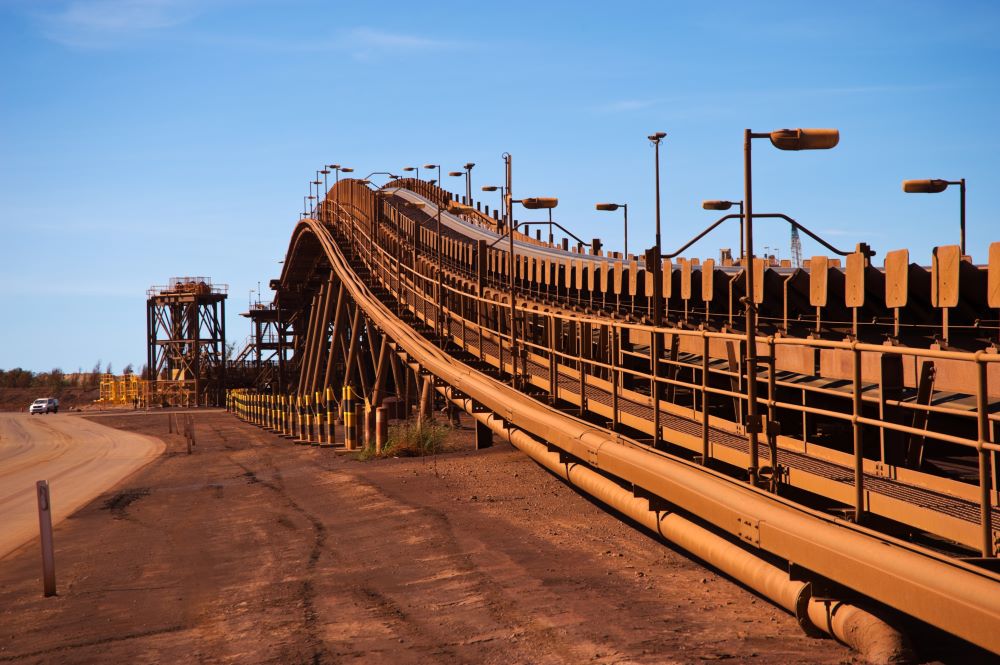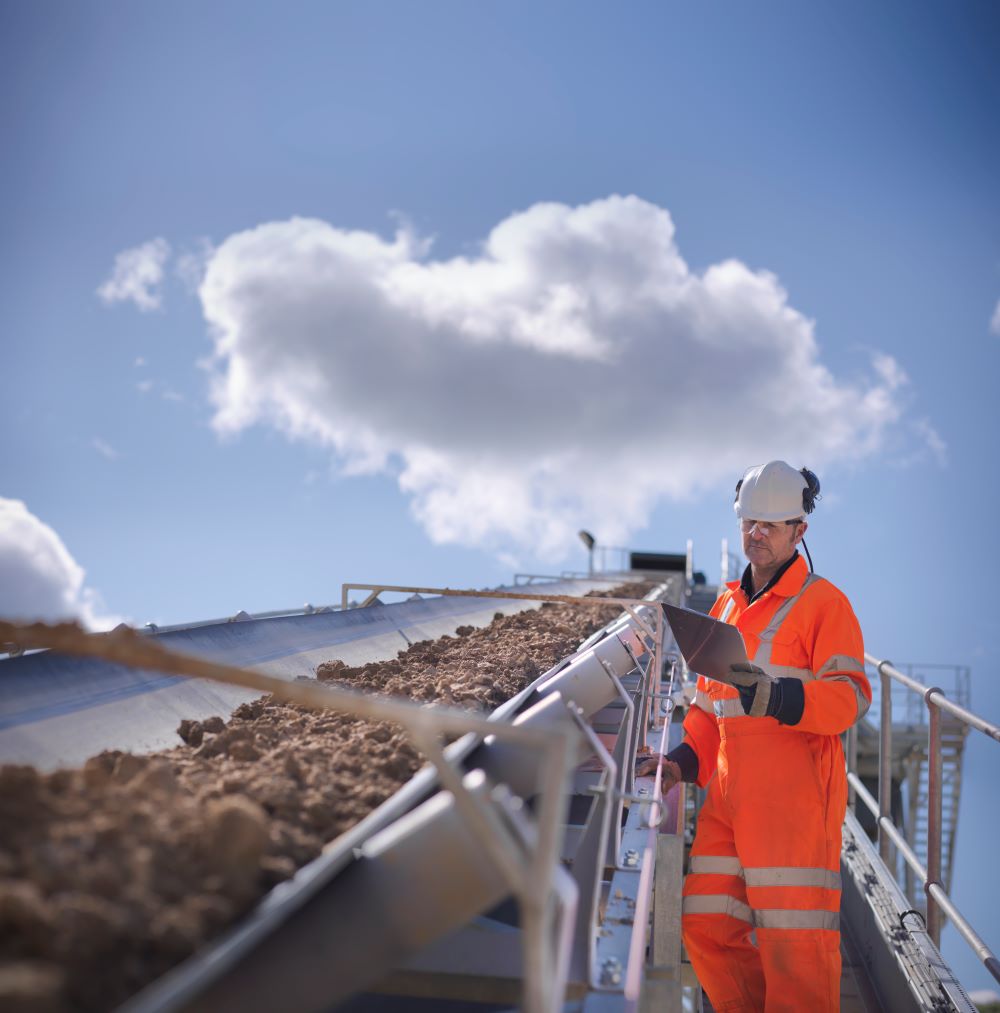JV Article: Avoid losses with predictive analytics from FM Global


FM Global, a Rhode Island-based insurance company, has been insuring mines for half a century. Now FM is putting that history to work to identify the principles causes of mining industry losses and how to avoid them by using a sophisticated predictive analytics tool called multinomial ordinal regression.
The company currently insures over 300 mine sites worldwide, including a number of them in Canada. FM Global has compiled data on 400 recorded losses over a 20-year period. Those losses have cost the industry a staggering $2 billion.
“Our message is the same whether you’re in Canada, Africa or Australia,” says Michael Beaumont, account engineering group manager, FM Global Australia. “It’s important for people in the industry to understand the loss trends. There’s a number of interesting things in our data.”
Fire is currently one of the leading causes of losses and the incidence of fire related losses is growing. FM Global’s data reveals that, over the past five years, fires have been responsible for 27% of all losses and that is up from 21% in the company’s data base for a 20-year period.
“The increased use of plastics in construction of buildings and equipment, due to its cost effectiveness and versatility compared to other materials, has contributed to the increase,” says Beaumont.
The other leading causes include collapses (20%), mechanical breakdown (13%), impacts and non-earthquake movements both at 7%.
Apart from its sophisticated use of data, FM Global differs from many insurers by using engineers, rather than actuaries, to inspect mines and assess risk.

“Our engineers inspect all the key equipment at a mine site or metallurgical processing plant,” Beaumont says. “They collect at least 700 pieces of data from every site they visit, and we evaluate risk based on those factors.”
FM Global has collected data from more than 50,000 pieces of equipment across numerous mining and other heavy industry sites. “Our loss history shows that 34% of mining industry losses directly stem from mechanical or electrical breakdown,” Beaumont says. “When collapse, impact and overturning are included, this climbs to 63%.”
But rather than merely collecting data, FM Global now applies predictive analytics (using a multinomial ordinal regression) to identify locations most predisposed to unplanned shutdowns causing multi-million dollar losses. By assessing loss and location-specific data, this predictive analytics tools reveals that, year over year, 27% of losses come from 2% of locations.
“FM Global’s loss history data, coupled with predictive analytics, form a comprehensive framework for understanding, preventing and mitigating losses,” says Beaumont. “By delving into loss causes, contributing factors and predictive patterns, mining operations can make informed decisions to allocate resources and develop strategies for comprehensive risk management.”
The predictive model also shows that equipment breakdown is five times more serious and 10 times more frequent when the number of unsatisfactory factors increases. “The predictive model’s accuracy is evident in the consistent overlap between anticipated high-risk locations and actual losses – a match far exceeding chance expectations,” Beaumont adds. “It effectively pinpoints areas requiring focused risk management strategies.”
During regular site visits, FM Global engineers share data with mine managers, walk them through scenarios to identify risks and make recommendations that could help reduce the chances of a costly shutdown.
“A significant portion of losses can be traced directly to equipment failures, including malfunctioning safety devices, inadequate equipment design and subpar operating procedures,” says Beaumont.
Fire losses can be reduced or even prevented if a sprinkler system is adequately designed, installed, and maintained. “I’ve dealt with clients over the years who have maybe managed several mines, but have never seen a conveyor burn down,” says Beaumont. “Unfortunately, we’ve seen this while investigating some very large losses over the years.”
FM Global recommends that mine operators adopt a comprehensive risk management strategy that includes incorporating regular equipment maintenance into operational schedules. The alternative can be equipment failure and lost production that costs the mine far more than downtime for maintenance.
As well, mine managers should ensure that employees operating heavy equipment are well trained, have adequate qualifications, and are retrained when necessary. “When updating equipment, operators need to ensure that safety-related processes are updated and employees are aware of the changes,” says Beaumont.
The preceding Joint Venture Article is PROMOTED CONTENT sponsored by FM Global and produced in co-operation with Canadian Mining Journal. Visit: http://risk.FMGlobal.com/mining for more information.
Comments